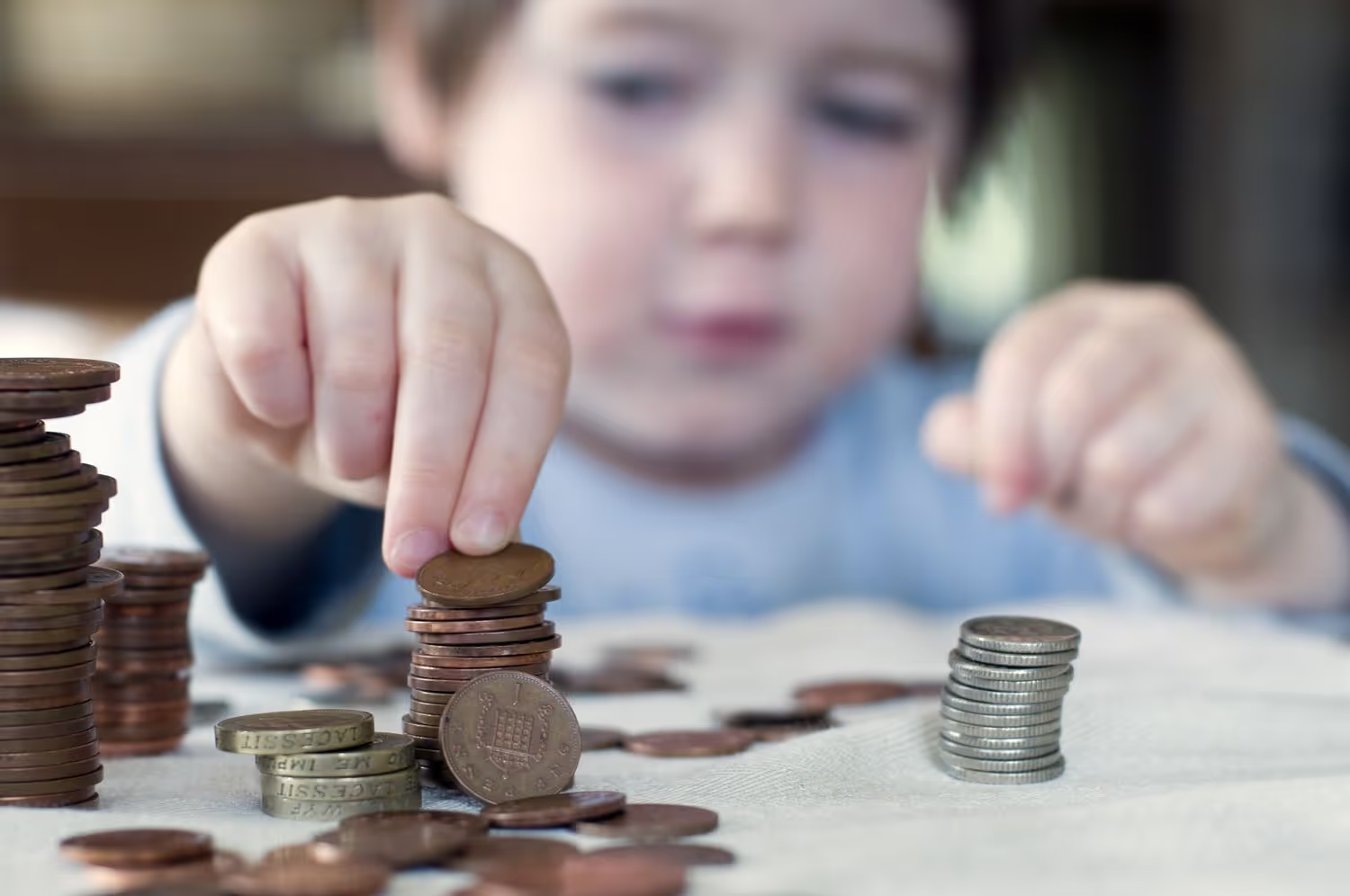Positive Reinforcement In ABA Therapy
Learn how positive reinforcement is used in ABA therapy.

What is Positive Reinforcement?
Whether discussed in psychology or the field of applied behavior analysis, positive reinforcement is a primary concept to help get rid of poor behavior and replace it with that which is preferred in an everyday occurrence.

This can help in the cognitive and behavioral improvement of children as they age. The concepts are fairly simple in explanation but complicated in practice, particularly for BCBAs.
When a certain behavior is exhibited, a stimulus is placed with it. This allows the child, teen, or adult in therapy to have a higher chance of showing the same behavior again.
This can happen immediately or every day thereafter. In nature, the stimulus is considered a reward through its ability to reinforce.
Using it right after the behavior or connecting the two is proven to multiply the time that a good response to it is shown to the therapist.
When a therapist uses positive reinforcement when treating people with autism, the term positive on its own shouldn't be taken as something good.
Rather, the positive is better considered in terms of math, where a person adds something by using two numbers. Overall, positive reinforcement is when something is added by the effect of a patient showing behavior that their parents and therapists want to promote.
Either in therapy or education, positive reinforcement is done intentionally to assist someone in building a functional relationship with a behavior one wants or is in a certain situation. It can also be a reward or the prediction of having the same behavior repeated at a later time.
Positive Reinforcement in ABA Therapy
At an ABA clinic, therapists rely on positive reinforcement to use what they observe to cause a reaction through specific behaviors and turn them into a pattern.
The concept is founded on what's known as an ABC style of the modification of behavior, or the primary technique in applied behavior analysis, and how it's implemented. The model is composed of these steps as follows:
- Antecedent - This is an item or circumstance that fuels a behavioral reaction.
- Behavior - An act was done after the consequence of the antecedent. Regardless, it's either negative or positive.
- Consequence - The outcome is defined as a consequence. It's used to promote or halt the shown behavior according to if it's positive or negative in observation.
An ABA therapist will begin by finding out a child's level of skills and pinpointing the primary areas where further work is mandatory.
After that, the behavioral therapist creates an individual-based session to help them gain skills and preferred behaviors that are customized to what a child needs for improvement.
Due to all autistic kids having different situations regarding their parents, where they live, and their schooling situation, ABA therapy can be tailored to meet the needs of patients based on their individuality.
The behavioral therapist will also assist in the child's acquiring new skills through the application of positive reinforcement on a series of levels. Using this method raises the chances of positive behaviors being done in a repeat fashion, even when the child isn't in therapy.
Picking Reinforcers
When a determination is made over things that are motivational and important to a child, behavioral therapists then choose behaviors they deem are the most appropriate for a child.
Toys are often one of the important items to them, as are candy. Games and other activities that allow them to make noise or interact with electronic devices are others. Regardless, most ABA therapists will have many of these in stock and ready to use in their sessions.
Therapists usually begin with mild reinforcers, things that won't intrude too heavily or prevent the session from being carried out appropriately.
They attach a primary reinforcer to a specific item as a secondary reinforcer. For example, when a therapist tells a child that their work is great while providing a piece of candy, that's a primary and secondary attachment. Food is a good motivator so it's usually given with verbal messages of praise, encouragement, and direct attention.
But reinforcement is made through a repeated showing of positive responses. Up until children begin to connect their actions to the reward they're being provided.
For some, this can take much time, especially when symptoms are severe. Yet for many autistic children, this change can be viewed day or weeks after the sessions begin.
Therapists also raise things that are needed for a child to get access to reinforcement. When a child begins to take in the wanted behavior with fewer instances of needing to be guided towards it, the practice of reinforcement as a whole is minimized until therapy is completed.
Eventually, encouragement through the verbal exchange will be all that's necessary for kids to show positive behavior. When a child shows behavior that's desired and nothing negative at all without any interference from parents or therapists, they've accomplished a total understanding of the practice.
Doing Work Together
ABA therapy detects the development requirements of a child with autism. It also helps them to interact with parents, teachers, and therapists while sessions go on. Ideal results in therapy are made by teamwork involving therapists, parents, and caregivers.
Anyone that plays a significant role in a child's life can participate in finding out what behaviors should be mitigated. Generally, new behavior that's introduced alongside any positive behavior is encouraged to be reinforced.
Additionally, a behavioral therapist will stay in touch with parents to be sure that the child's unwanted behaviors aren't being reinforced by accident. It's common for many parents to do this, even without knowing it.
Positive vs. Negative Reinforcement
Positive and negative reinforcement can be beneficial areas in the practice of ABA. Still, negative reinforcement is usually thought of as a punishment.
Therefore, the practice of it isn't ubiquitous. Contemporary ABA practices don't use it very often at all. The real meaning of negative reinforcement is when something that's seen as unpleasant is taken away.
It remains a way of learning that's natural. For instance, when a person doesn't have appropriate clothing for inclement weather, they will do so in the next instance of rain showers.
It's a way that people of all ages take in knowledge and learn lessons of all kinds. The primary difference between negative and positive reinforcement is that the latter takes on positive reinforcers to help build an additional instance of the good behavior happening again.
However, negative reinforcement is the erasure of a negative circumstance in the area, usually to boost repetitions of behavior that's wanted.
Using Positive Reinforcement Incorrectly
When positive reinforcement is used the wrong way, it's often done so through bribery. Some examples are listed below:
- A boy begins to shout in a store and has a loud tantrum. His parents tell him he will get his favorite ice cream if the tantrum ceases before they go back home. This is bribery.
- Another boy had occasional tantrums at the same store, but he didn't on the next day of shopping and behaved well. If the parents give him his favorite food while driving back home and telltale what he did to earn the reward, this is positive reinforcement.
- A girl's teacher questions her on whether her behavior will improve if she's given a coupon for an upcoming book fair. Again, bribery
- Yet another teacher sees that a girl's good work shouldn't go unnoticed. When the next day's work is done, the teacher asks if she would like an outdoor break with her best friend. Another basic example of positive reinforcement.
When patients with autism are bribed, their behavior is less likely to change. It can also make it more difficult to change for therapists. It encourages them to continue poor behavior to get what they desire.
In its entirety, positive reinforcement is the simplest way to get the behavior of kids to change for the better. So long as it's done correctly, the results usually conclude with great success.
Recent News
Related articles

Working With Autistic Children: 10 Career Options
Want to work with autistic children? Here are 10 career options for you to consider.

What Is The Age Limit For ABA Therapy In Indiana?
Find out what the age limit is for receiving Applied Behavior Analysis (ABA) therapy in Indiana.

What Is The Age Limit For ABA Therapy In Arizona?
Find out what the age limit is for receiving Applied Behavior Analysis (ABA) therapy in Arizona.

Verbal Operants In ABA: Definition & Examples
In Applied Behavior Analysis, verbal operants are a type of verbal behavior.

Token Economy: Examples & Applications in ABA
A token economy is a procedure that was developed to help reduce maladaptive behaviors and increased desire behaviors by providing a tangible conditioned reinforcer.

Trigger Analysis In ABA: Definition & Examples
Trigger analysis is a segment of ABA therapy where children are taught by therapists to pinpoint the behaviors and emotions that happen before, during, and after an event that takes place.

Variable Ratio Schedule & Examples
A variable-ratio schedule is a random reinforcement where responses are reinforced following varied responses afterward.

Task Analysis In ABA Therapy: Examples & Strategies
Task analysis is a process of teaching that divides complicated activities into sections involving easier steps for students to more easily take.

Stimulus Equivalence In ABA: Definition & Examples
Stimulus equivalence shows how relationships can manifest among different types of stimuli in different situations.

Speech Therapy For Autism: ABA vs. Speech Therapy
ABA therapy can help individuals with speech impairments learn to better identify and utilize the language skills they already have.

Stimulus Control Transfer ABA: Definition & Examples
Stimulus control is defined as an expression used to detail circumstances where a behavior is triggered by the existence or absence of a stimulus.

Social Validity In ABA: Definition & Examples
Social validity is the acceptance of interventions concerning behavioral changes.

